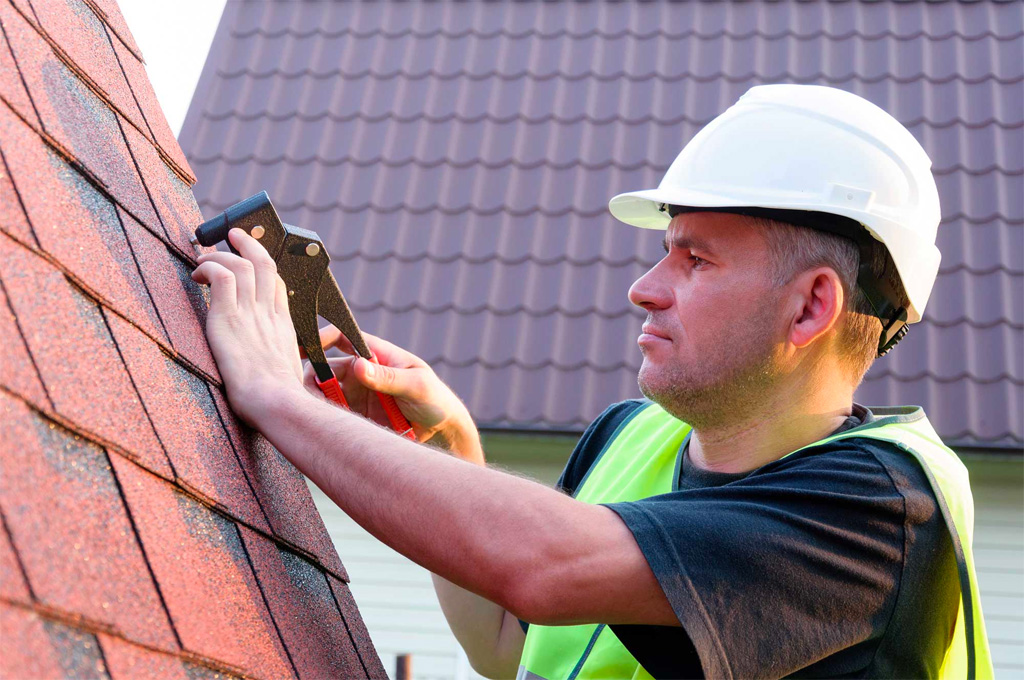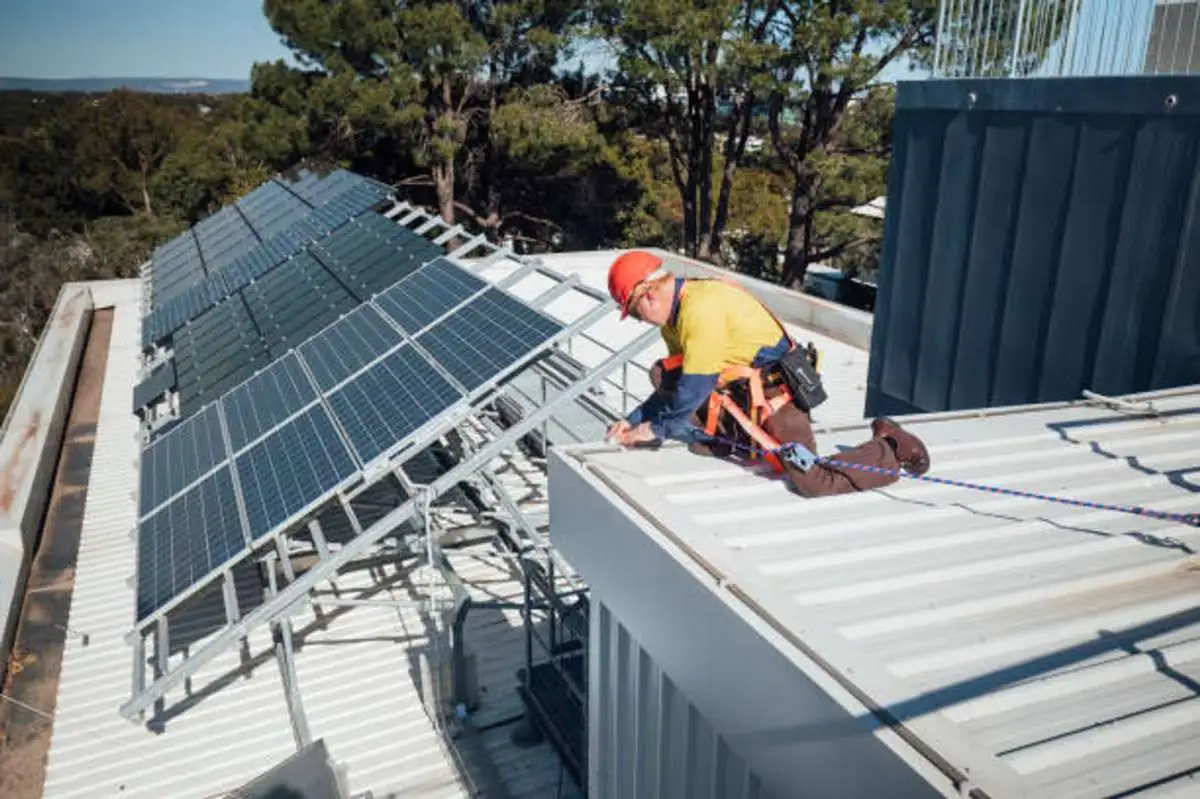Get Professional Cuyahoga Falls Roof Repairs to Extend the Life of Your Roof
Wiki Article
A Comprehensive Guide to Effective Roofing Flat Roof Covering Installment
The complexities of level roof installation need a thorough technique, beginning with a comprehensive understanding of different level roof covering kinds and the important materials needed for optimum performance. A successful setup pivots not only on the option of materials but additionally on the preparation and implementation of each step included in the process.Understanding Apartment Roof Types
When considering level roofings, it is important to understand the different kinds readily available, as each offers unique benefits and downsides customized to details needs. One of the most common kinds of level roofs include Built-Up Roof covering (BUR), Changed Asphalt, and Single-Ply membranes.
Built-Up Roof includes several layers of asphalt and gravel, providing exceptional resilience and climate resistance. It is specifically advantageous in locations vulnerable to extreme weather however may call for even more maintenance due to its intricate building.
Changed Asphalt is a popular selection for its convenience of setup and versatility. It often uses a torch-applied or self-adhesive technique, which can be beneficial for fast repairs and long-lasting performance. Nevertheless, its lifespan can be shorter contrasted to BUR.
Single-Ply membrane layers, consisting of Thermoplastic Olefin (TPO) and Ethylene Propylene Diene Monomer (EPDM), are recognized for their lightweight nature and energy effectiveness. These materials are frequently chosen for commercial structures because of their cost-effectiveness and convenience of setup (Cleveland Roofing Specialists). However, they may not supply the exact same level of insulation as other options.
Each roof covering type calls for mindful consideration based upon climate, budget plan, and particular job demands.
Vital Products for Apartment Roofing
A variety of necessary products are vital for the successful setup of flat roof covering systems. The option of products directly effects resilience, performance, and total efficiency.One of the primary materials is the roofing membrane, which can be built from numerous substances such as thermoplastic polyolefin (TPO), ethylene propylene diene monomer (EPDM), or PVC. Each type offers special benefits, consisting of UV resistance and flexibility, which are essential for prolonged performance.
Along with the membrane layer, insulation materials play a substantial role in energy effectiveness. Inflexible foam boards or polyisocyanurate insulation are popular selections, as they provide superb thermal resistance and moisture management.
Additionally, roof adhesives and sealers are vital for making certain a watertight installment. These products need to be suitable with the chosen membrane layer to stop degeneration in time.
Preparing for Installment
Appropriate preparation is essential for an effective level roof covering installment, as it prepares for a resilient and effective roof system. Begin by performing a detailed examination of the existing roof covering framework. Look for signs of damage, including leakages, rot, or poor water drainage, which could compromise the new roofing system. Make sure that the underlying materials are audio and can sustain the weight of the brand-new roof parts.Following, gather all required tools and materials, ensuring that they satisfy industry criteria. This consists of water resistant membranes, insulation, blinking, and fasteners. Acquaint on your own with the producer's specifications, as adherence to these standards is critical for service warranty objectives.
Furthermore, ensure that the workspace is clear of debris and blockages to promote safe and efficient installment. Think about weather problems; prevent installation throughout heavy rainfall or extreme temperatures, which can influence material efficiency. Finally, notify any occupants of the structure concerning the future work to guarantee safety and security and reduce disturbances. By taking these preparatory actions, you can enhance the chance of a successful flat roofing installation that satisfies both visual and architectural needs.
Step-by-Step Installment Refine
With the groundwork established via detailed preparation, the next stage entails implementing the flat roofing system setup systematically. Begin by guaranteeing that the structural deck is complimentary and clean from particles. Next, set up his response a vapor barrier to avoid dampness accumulation below the roof material. This action is important for preserving the roof covering's honesty with time.Adhering to the vapor barrier installation, set insulation boards, guaranteeing they fit firmly with each other to lessen thermal connecting. Protect the insulation with appropriate bolts based on the roofing type and neighborhood building ordinance. When the insulation is in location, it's time to apply the roof membrane layer. Depending upon the picked material-- such as TPO, EPDM, or modified asphalts-- set up the membrane layer according to the producer's specs.
Ensure correct overlap at edges and joints to create a watertight seal. Utilize adhesives, mechanical bolts, or heat welding as called for. Finally, mount flashing around borders, vents, and any roof covering penetrations to boost waterproofing. After installation, conduct an extensive inspection to determine any type of prospective concerns prior to wrapping up the project, making sure a trusted and robust flat roof system.
Upkeep Tips for Longevity
Routine upkeep is important to ensure the longevity and performance of a level roofing system. One of the primary tasks is to conduct routine examinations a minimum of twice a year, preferably in spring and autumn. During these examinations, search for indications of wear, such as sores, splits, or merging water, which can indicate underlying problems.
Guaranteeing correct water drainage is crucial to avoid water buildup. Examine and clear gutters, downspouts, and scuppers to guarantee unobstructed water flow. Furthermore, evaluate seals around vents, skylights, and various other infiltrations for any indicators of damage, applying caulk or sealant as required to maintain a water tight barrier.
Lastly, think about expert upkeep solutions every couple of years for thorough assessments and repair work. By sticking to these upkeep ideas, you can dramatically expand the life of your level roofing, guaranteeing it remains a trustworthy guard versus the components.
Conclusion
Effective flat roof covering installment requires an organized technique including detailed examinations, material selection, and meticulous preparation. Adhering to the laid out actions throughout the setup process ensures the proper application of roofing membrane layers and insulation while improving waterproofing through reliable blinking installation. Carrying out routine maintenance practices significantly adds to the durability of the roofing system. By adhering to these standards, a long lasting and dependable level roof covering service can be accomplished, with the ability of enduring numerous ecological conditions.The ins and outs of flat roofing installment demand a precise method, beginning with a thorough understanding of different flat roofing types find out this here and the necessary products needed for Get More Info optimal performance.Correct preparation is important for a successful flat roof installment, as it lays the groundwork for a sturdy and reliable roofing system. After installment, conduct a detailed evaluation to identify any kind of potential problems before ending the task, ensuring a reputable and robust flat roof system.

Report this wiki page